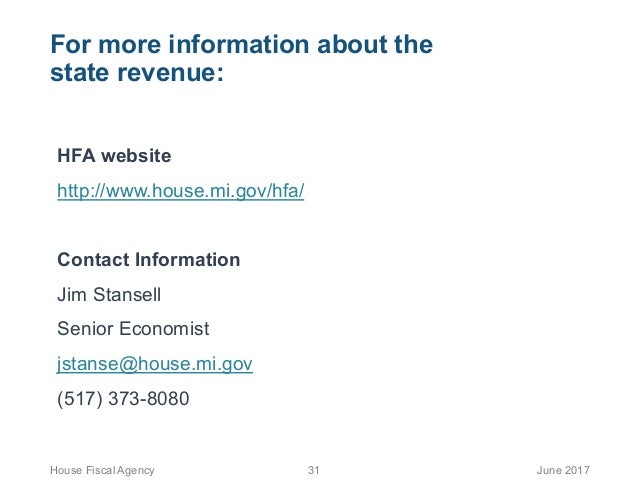Image source: http://smartgrids.wikispaces.com/file/view/Supply_Chain.jpg/321288932/Supply_Chain.jpg
Several countries are now working on the development of an ultra efficient electricity delivery network, which allows electricity to be delivered between supplier and consumer through the use of smart grid architecture. Such a network will help to promote energy independence and will go a long way in the battle against global warming.
The use of smart grid architecture has been especially beneficial to a number of facilities, including universities, retail stores, hospitals, warehouses, production facilities, and other enterprises that feature multiple locations. Automation and metering ensures that the use of electricity is constantly monitored.
Companies have found that they can manage their energy consuming equipment much more effectively when they combine smart grid architecture with software that tracks energy management. Although the cost of electricity fluctuates during periods of different demand, companies that use energy management software have found that they can reduce their demand during high peak times.
A smart grid architecture helps to efficiently manage energy and track its usage through the integration of design and procurement technologies. As there is particular emphasis on the development of capabilities which make the use of electricity more efficient, two Acts of Congress have been established to provide incentives. The American Recovery and Investment Act of 2009 and the US Energy Independence and Security Act 2007 provide such incentives to businesses.
Electrical generation, transmission, distribution and usage combine within the electrical grid to represent one of the major contributors of pollution in the United States. The production of electricity is known to lead to the emission of greenhouse gases into the environment, representing a heavy contributor to the problem of global warming. Most developed countries are keen to raise standards when it comes to the production of clean energy.
The use of a digital grid can lead to a significant reduction in pollution, in addition to cost-reduction, enhanced reliability, potential for renewable energy, and efficiencies in demand response. Through the use of smart technology within the country's electrical grid, the United States Department of Energy has estimated a saving of between $46 billion and $117 billion over the next 20 years.
As more people become aware of smart grid architecture, so those who benefit from its integration will increase. Whilst the largest benefits may affect those involved in industrial enterprises, hospitals and universities, tranmission and distribution systems, even small business and residential consumers may become involved.
The use of smart grid architecture will enable companies to become much more energy-efficient. By incorporating different facets of their infrastructure, including generation, delivery and consumption, the use of energy management software will enable critical savings and cost reductions. Energy use can be monitored in real time, the effect of weather incorporated and a company's critical systems involved. Smart technology thus allows businesses to realize the best possible energy rates.
